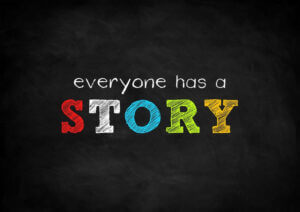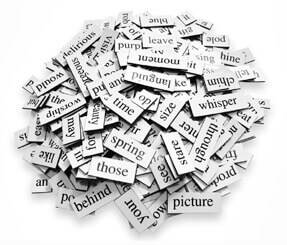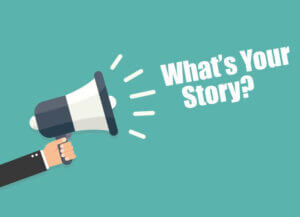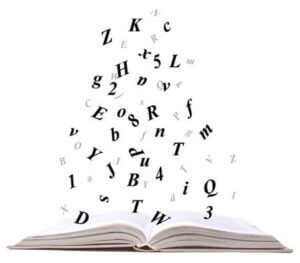- Advertising (0)
- Branding (5)
- Business awards (2)
- Business Development (19)
- Business Growth (7)
- Business listening (1)
- Buyer behaviour (4)
- Client loyalty (6)
- Client Relationship Management (5)
- Conferences (0)
- Conferences and Events (3)
- Content marketing (4)
- Customer experience (11)
- Customer feedback (4)
- Digital marketing (6)
- Direct mail (0)
- Endorsements and recommendations (5)
- Exhibitions (3)
- Exhibitions, Conferences and Events (0)
- GDPR (0)
- Internal marketing (0)
- Key client management (5)
- LinkedIn (5)
- Marketing budgets (3)
- Marketing campaigns (8)
- Marketing Communication (7)
- Marketing measurement (1)
- Marketing on a tight budget (4)
- Marketing planning (20)
- Marketing strategy (17)
- Networking (8)
- News (3)
- Online advertising (1)
- Personal branding (4)
- Personal Development (0)
- Pitching for work (4)
- Presentations (0)
- Pricing and discounting (2)
- Promotional events (0)
- Reputation management (2)
- Sales process (3)
- Search engine optimisation (1)
- Small business marketing (1)
- Social media (7)
- Supplier Management (1)
- Thought leadership (1)
- Website development (3)
Harness the art of storytelling in your marketing and sales
Despite all the content that is bombarding us on daily basis, and despite reports that people have reached information overload to the point we’re infobese, we humans still love stories.
It’s built deep within our psyche and comes, not just from the books that were read to us as children, but also further back into our ancestry.
This is to a time before books when friends and family gathered by the fire and told each other stories. The love and comfort of being told a good narrative has filtered through the genes and is still with us today. I can still tell you how reluctantly leaving a cup of tea saved my Grandad’s life in the blitz. And he really loved his tea.
When it comes to marketing and sales it is often campaigns which feature some kind of storytelling element that get noticed. Good and positive stories are particularly going down well in these challenging times. Here are some affordable ways to take advantage of storytelling in your current approach.
How to use storytelling in marketing
 To convince you further, it’s worth bearing in mind how savvy customers are now, not only to sales ‘speak’, but also to sales ‘look’. They judge in literally a second whether a marketing or sales communication is worth their interest. The look, choice of words and language are quickly processed through their ‘read it’ or ‘bin it’ filter. Consider how many promotional emails you chose to open this week? And how many did you reject at a mere glance?
To convince you further, it’s worth bearing in mind how savvy customers are now, not only to sales ‘speak’, but also to sales ‘look’. They judge in literally a second whether a marketing or sales communication is worth their interest. The look, choice of words and language are quickly processed through their ‘read it’ or ‘bin it’ filter. Consider how many promotional emails you chose to open this week? And how many did you reject at a mere glance?
So how can storytelling help with businesses’ marketing and sales? Well if human interest is engaged by stories, why don’t we use more storytelling tactics in our communications? Case studies, customer anecdotes, product or service descriptions are just some examples that are ripe for a storytelling makeover.
Classic storytelling structures
The classic structure of a story is a simple one to follow. Invariably it begins with an introduction to key people in the narrative and their situation. Then a drama of some kind occurs, which is followed by a period of trying to solve it (typically a fight between good and evil in most tales). Finally, the hero/heroine /main protagonist usually wins in some way and lives happily ever after.
It may sound boring laid out like this, but the way in which the story is told can turn this structure into a gripping drama, a tearjerker, a period classic and yes even a piece of marketing. If you’re really interested, there are apparently 7 great and universal plots and, by the way, the film Casablanca is supposed to have them all.
As customers, we connect with
- descriptions of people in a similar role/business stage to our own
- those we aspire to be
- those who face a similar challenge to us
We are also interested in how the protagonist solved their problem or achieved their success and we want to know if they lived happily ever after (ie. what the results and benefits were of their actions).
Now, I’m not suggesting that we all start writing novels about our products or services. People are also very busy now and want short, pithy pieces of information. But we can harness story structure and the type of language stories use to engage a customer’s interest.
Remember, that customers know what ‘sales’ speak looks and feels like and equally they know what ‘storytelling’ sounds and feels like. Put storytelling into a marketing/sales environment and a customer’s brain will do a double-take. There’ll be something different here that they haven’t been able to sort/sift/file so easily and already you’ve gained further seconds of their attention.
Language makes the difference
 Another element to consider is the language you use. For storytelling, it needs to be simple, in places it needs to be descriptive, there needs to be action and above all it needs to feel very human. There has to be a credible and sympathetic protagonist, who makes other people’s lives better. That’s you – or your product or service.
Another element to consider is the language you use. For storytelling, it needs to be simple, in places it needs to be descriptive, there needs to be action and above all it needs to feel very human. There has to be a credible and sympathetic protagonist, who makes other people’s lives better. That’s you – or your product or service.
Look at the story-related social media or online publication posts which are getting major engagement levels. What sections stand out in a piece and which bits did you skim read? What’s the language doing in those parts of the story?
Some companies and organisations are grasping this very well. There have been examples of case studies built up over instalments (like a serial) to tantalise customers’ interest, others have used storytelling through the web, animation and video to attract attention and make sense of the complex.
 Combined with great visuals and a strong creative execution, business stories can stand out a mile. And of course, on numerous product/company pages on social media a whole compendium of stories are evolving.
Combined with great visuals and a strong creative execution, business stories can stand out a mile. And of course, on numerous product/company pages on social media a whole compendium of stories are evolving.
And it’s not just stories about products/services you should consider. Remember people are interested in a broader social element, so consider showcasing the stories of specific employees and their experiences/successes, your corporate social responsibility activities and involvement in your community.
Collectively these start to create a more 3-dimensional impression of your company, which can certainly help to give you a more memorable and competitive edge when a person has a need for a product or service like yours.
What’s your story?
 So if you’re about to invest in a new website, a new campaign, content marketing or sales collateral, please just pause and think about using storytelling techniques to harness your customers’ attention. Make sure you definitely fall into the read-it (not bin it) camp. Who knows, it may help both you and the customer to live happily ever after…
So if you’re about to invest in a new website, a new campaign, content marketing or sales collateral, please just pause and think about using storytelling techniques to harness your customers’ attention. Make sure you definitely fall into the read-it (not bin it) camp. Who knows, it may help both you and the customer to live happily ever after…
For more advice on marketing and strategies and content your business contact us or tel. 01483 429111.


